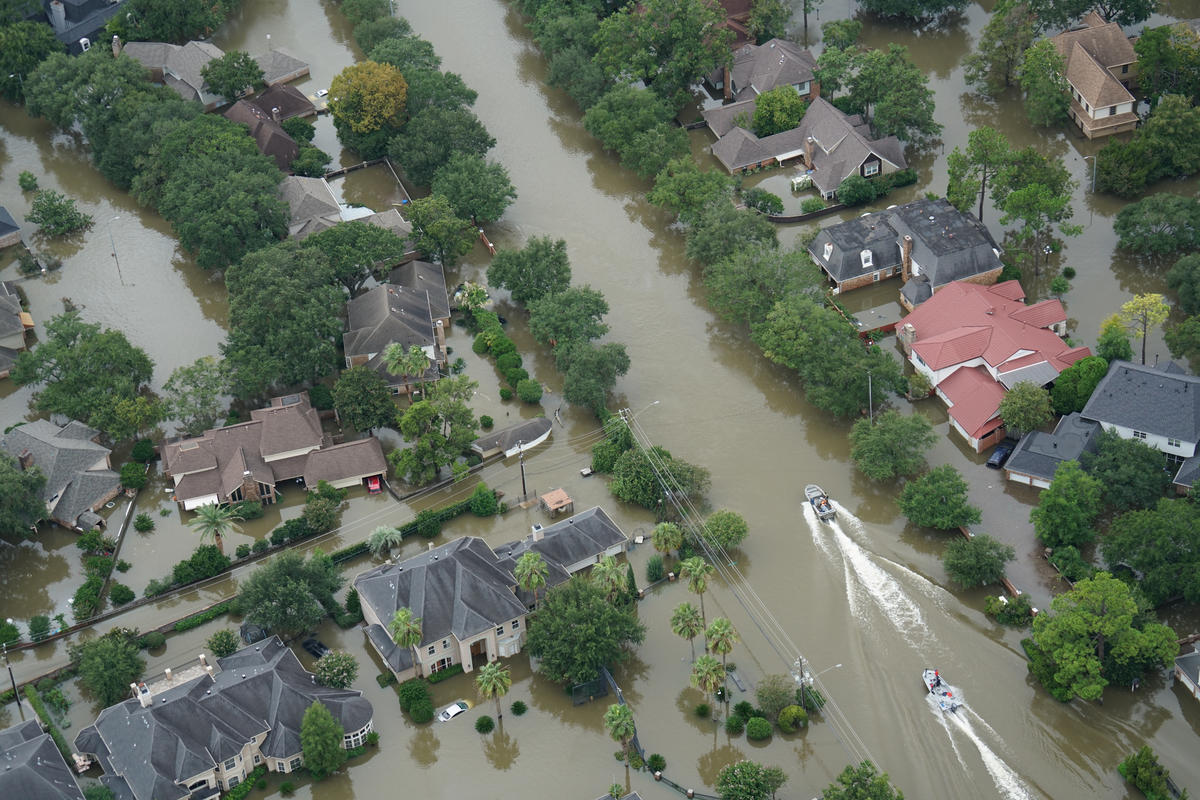By Makenna Cavanaugh, Federal Affairs Intern, Climate Resilient Coasts and Watersheds
Communities across the country are grappling with the whiplash of flooding and extreme storms as the frequency and severity of climate hazards reach unprecedented levels. From economic instability to safety hazards, to inequities and the destruction of entire neighborhoods, these events have proven to have devastating and lasting impacts. And one thing is made clear – we need real, robust solutions and we need them across all levels of government to protect communities and promote long-term sustainability.
Some states have acted by establishing a Chief Resilience Officer (CRO), a government position that is responsible for spearheading resilience coordination and bringing together stakeholders to build, develop and implement resilience strategies. Creating a state-level CRO helps leaders effectively plan at the state, county and municipal level and is a major step forward in protecting communities from future climate impacts.
Currently, 21 states have an established resiliency office or position at the state level. Among them, 11 states have a CRO. Read More












